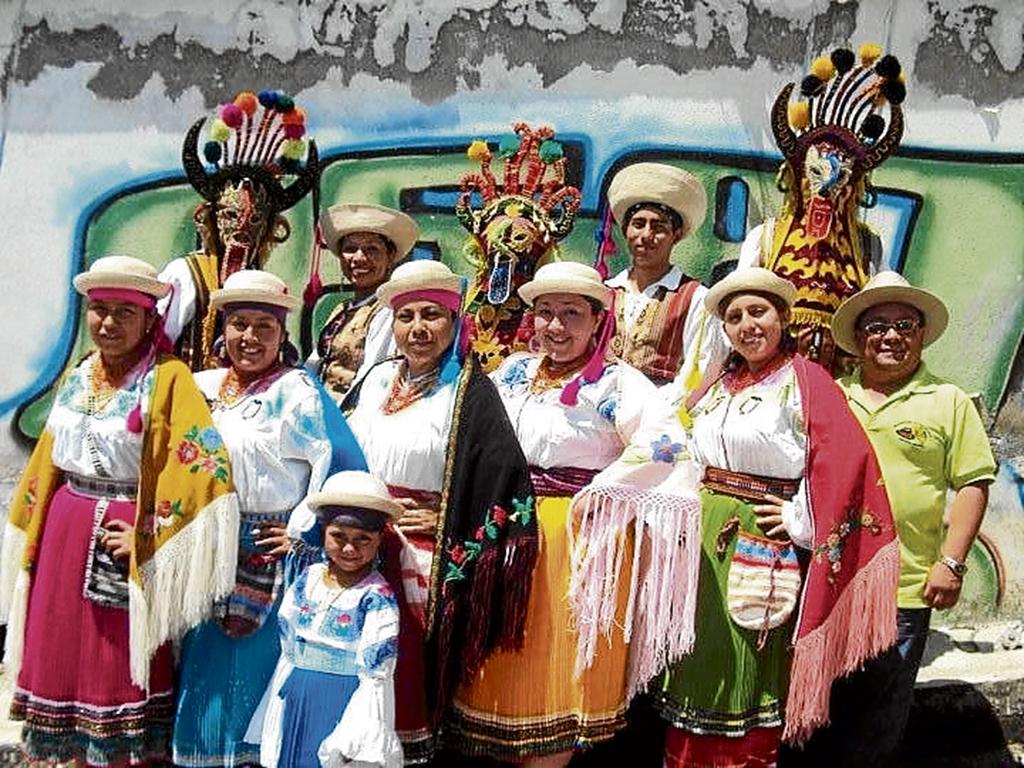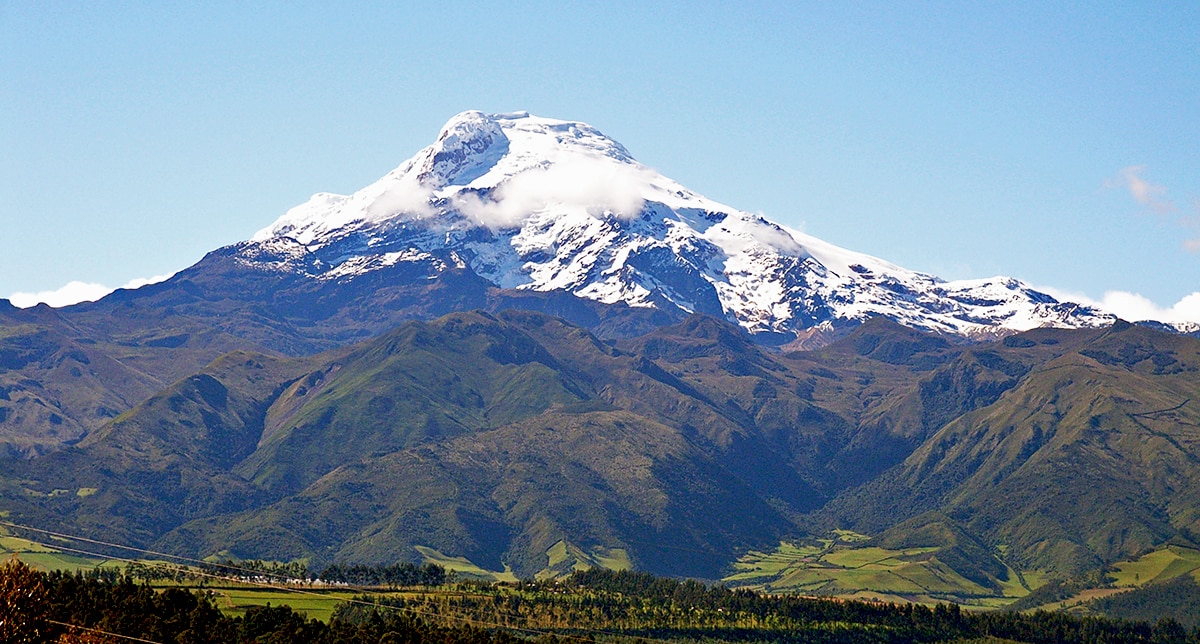Discovering Cayambes Indigenous Cuisine
Share
Cayambe, a charming town located in the Andean region of Ecuador, is renowned not just for its breathtaking landscapes but also for its rich culinary heritage. The indigenous cuisine here reflects the traditions and culture of the local people, making it a must-visit destination for food enthusiasts.

The Heart of Cayambe: A Culinary Overview
Cayambe is situated at the foot of the majestic Cayambe volcano, which influences both the climate and the agricultural practices of the region. The indigenous cuisine is characterized by the use of local ingredients, many of which are grown in the fertile volcanic soil. Traditional dishes often include potatoes, corn, and a variety of grains, showcasing the agricultural bounty of the area.
Key Ingredients in Indigenous Cuisine
The essence of Cayambes cuisine lies in its key ingredients:
- Potatoes: Known as "papa" in Spanish, potatoes are a staple in many dishes, reflecting the Andean heritage.
- Corn: This versatile ingredient is used in various forms, from fresh kernels to ground flour.
- Cheese: Locally produced cheese adds a creamy texture and flavor to many dishes.
- Meat: Traditional meats such as beef, pork, and chicken are often used, prepared with indigenous spices and herbs.

Signature Dishes of Cayambes
When visiting Cayambe, there are several signature dishes that you simply cannot miss. Each dish tells a story of the land and its people.
1. Cuy Asado (Roast Guinea Pig)
Cuy, or guinea pig, is a traditional dish in many Andean cultures. In Cayambe, it is often marinated with spices and roasted to perfection. The crispy skin and tender meat make it a delicacy that is often served during special occasions.
2. Locro de Papa (Potato Soup)
This hearty potato soup is a comfort food staple in the region. Made with fresh potatoes, cheese, and herbs, it is a warming dish perfect for the cool mountain climate.
3. Fritada (Fried Pork)
Fritada is a popular dish made from marinated pork, which is then fried until crispy. It is typically served with llapingachos (potato pancakes) and a side of salad.
4. Mote Pillo (Stir-Fried Hominy)
Mote pillo is a traditional dish made with hominy (dried corn kernels) that are boiled and then stir-fried with eggs and spices. It is a delightful breakfast option that showcases local ingredients.
5. Chicha (Fermented Corn Drink)
Chicha is a traditional fermented drink made from corn. It holds cultural significance and is often consumed during festivals and gatherings. The preparation of chicha is a communal activity, reflecting the social fabric of the community.
Best Time to Visit Cayambe
The ideal time to visit Cayambe is during the dry season, which runs from June to September. During these months, the weather is generally mild and sunny, making it perfect for outdoor activities and exploring the local cuisine.
Weather Information
- June to September: Mild temperatures ranging from 15°C to 20°C (59°F to 68°F) with minimal rainfall.
- October to May: Rainy season with cooler temperatures, making it less favorable for outdoor exploration.
Cultural Experiences and Activities
Cayambe offers more than just delicious food; it is a hub of cultural experiences. Here are some activities to consider during your visit:
1. Visit Local Markets
Exploring local markets is a fantastic way to immerse yourself in the culture. You can find fresh produce, indigenous crafts, and, of course, local delicacies. The Cayambe market is vibrant and full of life, offering a true taste of the region.
2. Cooking Classes
Participating in a cooking class allows you to learn how to prepare traditional dishes. Many local chefs offer classes where you can discover the secrets of Cayambes cuisine firsthand.
3. Cultural Festivals
If your visit coincides with local festivals, you’re in for a treat. Festivals often feature traditional music, dance, and, of course, food. Engaging with the community during these events provides a deeper understanding of their customs and traditions.
4. Hiking and Nature Tours
The stunning landscapes surrounding Cayambe are perfect for hiking. Trails lead to breathtaking views of the volcano and the surrounding valleys. Guided tours often include stops at local farms where you can taste fresh produce.
Where to Stay in Cayambe
Finding comfortable accommodations is essential for a pleasant stay. Here are some recommended options:
- Hotel Cayambe: A cozy hotel with traditional decor and easy access to local attractions.
- Hosteria La Andaluza: A charming inn offering a blend of comfort and local hospitality.
- Cabañas El Refugio: Perfect for nature lovers, these cabins provide a rustic experience amidst beautiful landscapes.
For booking hotels, check out Hotels & Flights.
Getting There and Transfers
Cayambe is easily accessible from Quito, the capital of Ecuador. The drive takes about an hour and a half, making it a convenient day trip or weekend getaway. For hassle-free transfers, consider booking through Transfers.
Final Thoughts
Cayambes indigenous cuisine is a celebration of the land, its people, and their traditions. Each dish tells a story, inviting you to savor the flavors of the Andes. Whether you’re indulging in cuy asado or warming up with locro de papa, the culinary experience in Cayambe is bound to leave a lasting impression.
As you plan your visit, remember to immerse yourself in the local culture, engage with the community, and, most importantly, enjoy the incredible food that this remarkable region has to offer. Your taste buds will thank you!



